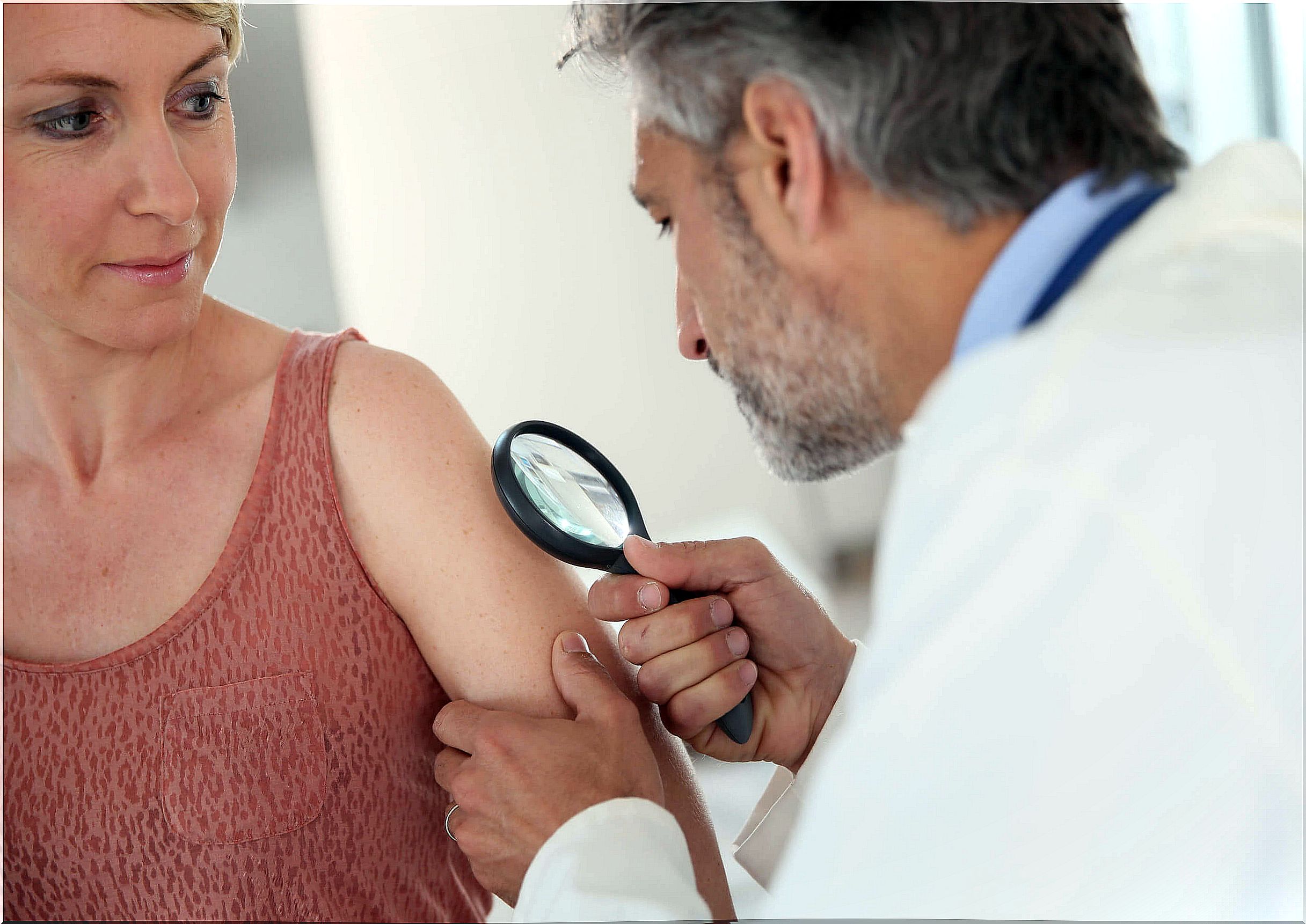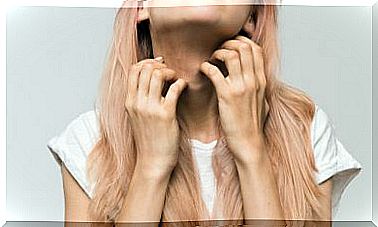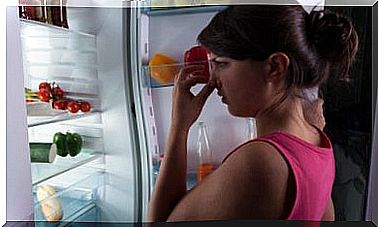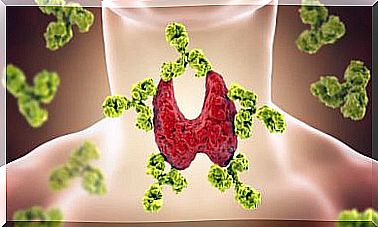Lichen Planus – What Is It About?
Lichen planus is an autoimmune skin disease characterized clinically by swelling in some areas of the skin. This symptom has peculiarities that are what determine the name of the disease. The name lichen was assigned because of its resemblance to lichens that grow on vegetables, especially on tree trunks.
Lichens are fungi that develop attached to forests. Despite not being a fungal infection in humans, the name was established that way. On the other hand, the adjective flat is the description of the lesions that it originates in the skin, scalp and mucous membranes.
The swelling lifts the tissues into a bulky, flat surface. Lichen planus is quite common. It is estimated that up to 1% of the world’s population suffers from it. It is more prevalent among women than men, and likewise more prevalent among white individuals.
Causes of lichen planus

Lichen planus is an autoimmune disease. This means that the system attacks its own cells because it does not recognize them. In this case, the immune system attacks the cells of the skin and mucous membranes.
Although it is quite clear that inflammation is an immune reaction, it is not yet possible to explain why it is intrinsically triggered. Nor why does it do it aggressively and is not limited in time.
What has been identified are trigger situations that are associated with the onset of symptoms. Among these situations are the following:
- Exposure to some chemicals.
- Medications: ibuprofen for example, and drugs for the cardiovascular system.
- Vaccines: Influenza vaccination has been associated with outbreaks of lichen planus.
- Hepatitis C: infected people usually have lesions of the pathology.
Symptoms
The diagnostic lesion of lichen planus are raised lumps, purplish in color, with a flat surface. These papules can appear grouped forming plaques. The usual places of presentation are the upper limbs and the ankle.
Along with inflammation there are:
- Itching: also known as itching.
- Ulcers and blisters: the former on the mucous membranes and the latter on the skin.
- Hair loss: when lichen planus settles on the scalp.
There is a particular phenomenon which is the association between lichen planus lesions and scars. It is known as the Köebner phenomenon .
Forms of presentation
Lichen planus is not the same in all patients. Medicine has identified different forms of presentation:
- Oral: its location is the oral cavity. In addition to inflammation, there are ulcers on the jugal mucosa that make feeding difficult. It is not easy to treat and can last for months. Oral lichen planus is associated with mouth cancer, so those who suffer from it should be examined regularly to prevent this evolution.
- Warty: usually appears on the legs. Lesions crust over.
- Nail: in this case the lichen settles in the growth zone of the nail.
- Pilar: it is in the hair follicles of the scalp. It leads to a form of alopecia, that is, hair loss. It is also difficult to treat like the oral form.
Treatments available for lichen planus

Treatment for lichen planus does not exist as a curative form. There are even forms that become chronic and become very difficult to control, such as the oral presentation and the pillar.
The objective pursued by the professional when scheduling a lichen planus treatment is to control the symptoms. If the lesions are deep, it is also sought to reduce healing by accelerating it.
Among the therapeutic options we have:
- Regulators of the immune system: these are drugs that seek to reduce the inflammatory reaction.
- Corticosteroids: As good anti-inflammatories, corticosteroids can be indicated orally or topically. They also exist in injectable form. Although with adverse effects, sometimes they are the only option for the relief of symptoms.
- Lidocaine: lesions of the oral mucosa caused by lichen planus come to interrupt proper feeding, which is why local anesthetics such as swish are sometimes used.
- Creams with vitamin A: vitamin A is used to reinforce dermal nutrition. While it does not alleviate symptoms, it is a way to aid healing and recovery.
- Ultraviolet Light: In the form of application sessions, UV light has shown beneficial effects. If the lichen planus is very widespread, months of sessions may be required.
A common condition that requires treatment
Lichen planus is a type of autoimmune and inflammatory disease that can develop in different areas of the body, such as the mouth, nails, and scalp. To choose between one treatment or another it is necessary to have a medical diagnosis. Therefore, if you recognize their symptoms, consult with the professional.









